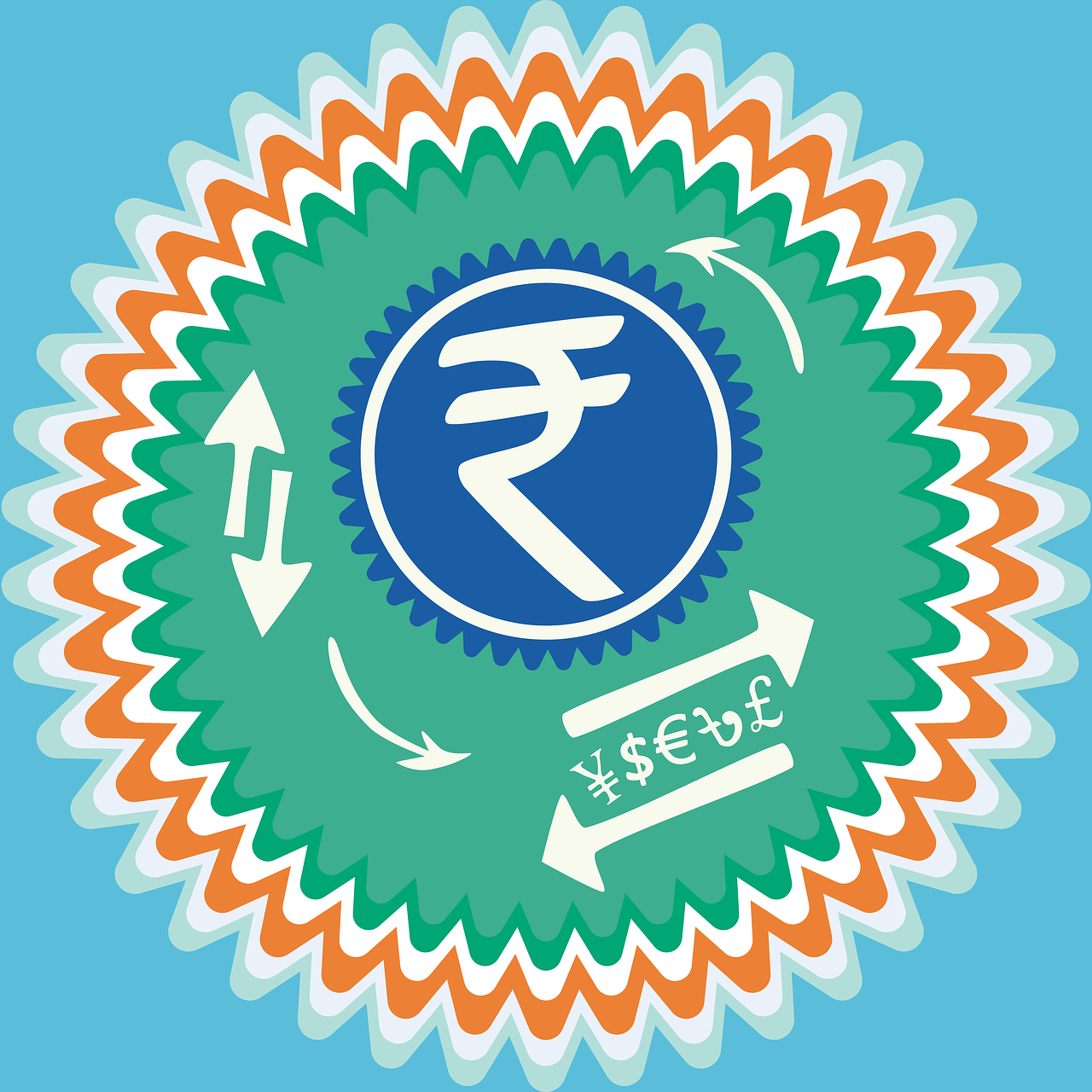Adequate from finding a perfect car to seeking pleasant offers to selecting sufficient financial choices, there are a lot of circumstances to consider while you are making plans to buy a car. mainly in case you are in the market for a pre-owned car. however, with the entry of various organized gamers within the used car marketplace and things are becoming increasingly simplified. So, here are seven belongings that you need to acknowledge about buying a used vehicle loan in India.

1. Those days are extinct when purchasing a used car meant that you had to spend the whole amount in one attempt. Now, you can completely get it financed as you would for a brand-new car. Many banks and financial organizations now propose used car loans, which can be acquired directly or through listed banks or NBFCs of an organized used car seller.
2. And finding the right car that corresponds to your budget. Include a budget for your purchase and search for the best options available. Buying a pre-owned vehicle is a game of patience, and if you wait long enough you might even get your desired car that might have been out of your budget as a brand-new vehicle. Once you find it check it physically for any damages or issues, we have already told you how you can do it yourself.
3. Try and get the correct valuation of the car you have zeroed upon. Being sure of circumstances like make, model, and kilometers run, among others will help you find out the right value of the car which will be significant while applying for a used car loan. While organized players will already have a valuation of the car, various online portals offer a valuation calculator. Ask for the insurance lists cases which will help you find if there were any previous claims on the vehicle.
4. Once you have the value of the car is decided, the next thing to do is select the finance options that best fit your need. Now all lenders will ask for a percentage of the car’s total value to be paid as a down payment, similar to when you buy a new car. While in some rare cases a bank might offer you 100 percent financing, generally most financial institutions offer a loan of around 80 to 85 percent. In some cases, it might even go as low as 60 percent. The remaining amount will be your down payment.
5. Next comes the rate of interest or ROI. Different financial institutions will offer different rates of interest on car loans and it may vary depending on vehicle type, credit history, customer profile, and more. Currently, the rate of interest on used cars starts at around 11 percent and can go up to 18 percent per annum, which is slightly higher compared to the ROI on new cars which starts around. 7.5 percent. While some banks will offer a fixed rate of interest, others will offer floating ROI.
6. The next thing you need to consider is the loan tenure. Typically, the loan tenure on a used car is much lesser, at 3 to 4 years compared to a new car which might see a tenure of 5 to 7 years. This is mainly because the loan amount itself is less in the case of the former. Sometimes, the price difference between the two could be as big as over 50 percent.
7. Now, a combination of the loan amount, rate of interest, and loan tenure will decide what will be your equated monthly installment or EMI. Because the rate of interest on a used car is higher compared to a new car it’s best to pay off the loan as early as possible, so try to select a shorter tenure. This will help to reduce the overall interest burden. Also, try and find a loan option that doesn’t include an early loan payment fee.




